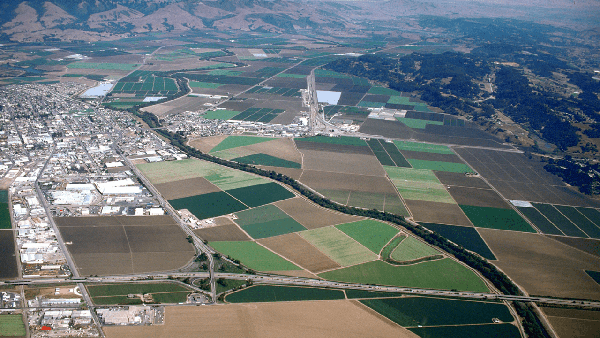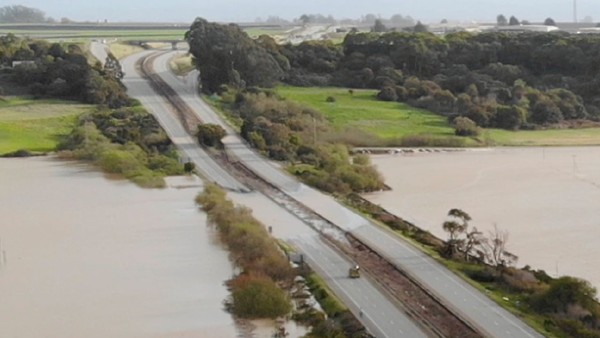Hello and welcome to the first “statewide” issue of The Newsletter from California Local.
For the past year, my colleague Sharan Street has delivered a weekly report to our members who live in Santa Cruz County, where we are headquartered. Today I am subbing, and this issue goes to members and subscribers in the seven other counties where we operate.
If you’re a first-time recipient of The Newsletter, here’s what you're getting:
- Original articles by CALocal contributors (in this case Dustin Mulvaney, Jonathan Vankin and yours truly).
- A selection of news articles from members of the California Local Media Alliance.
- A curated digest of news from other trusted outlets in your county.
- Comprehensive access to upcoming local public meetings.
If you’re thinking “This sounds like a good way to find out what's going on around here”—that makes me happy.
This week, our lead item—and the story I would rank as most the pressing statewide—is about the flooding of the small Monterey County agricultural town of Pajaro.
Although I write to you today from my home in Sacramento, I am very familiar with Pajaro, having lived for many years in both Santa Cruz and Monterey counties. And still, the depth of the tragic situation there did not hit me in full until I heard a report about the impacts of the Pajaro River flooding by a national correspondent on NPR, who put the story in context.
KQED reporter Farida Jhabvala Romero pointed out that many of the flood-displaced farmworkers who call Pajaro home are undocumented and not eligible for FEMA funds or unemployment insurance. Later, she noted that these people are the workforce that make possible Monterey County’s $4 billion ag industry.
The unfairness of this situation is obvious, yet most of us around here don’t think about it until a disaster like this occurs. If you are in a position to help, please visit the storm relief fund of the Monterey County Community Foundation, or the disaster fund of the Santa Cruz County Community Foundation.


 Tiny Pajaro (center) sits across the river from Watsonville in the strawberry-rich Pajaro Valley.
Tiny Pajaro (center) sits across the river from Watsonville in the strawberry-rich Pajaro Valley.


